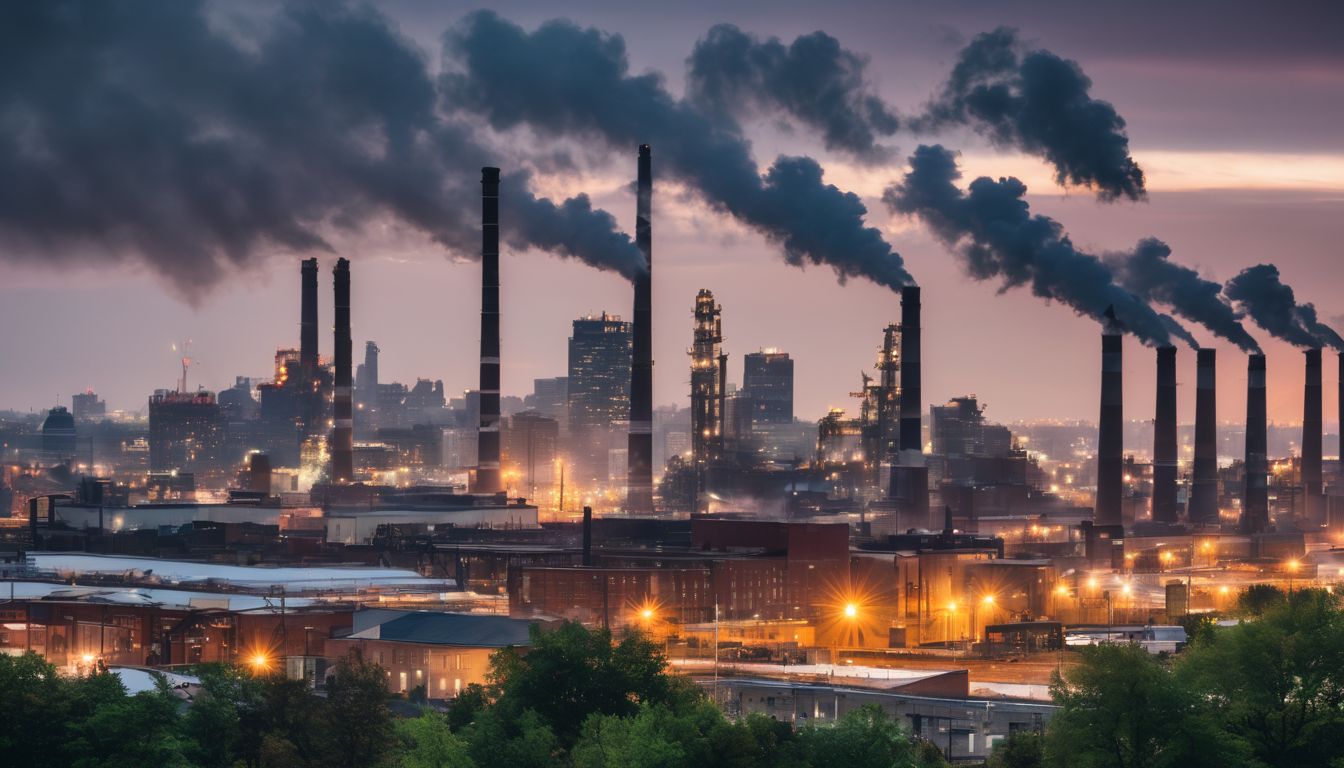So what are these greenhouse gases we hear about all the time anyway? Lost? I was too! So I set out to look up and understand the basics behind greenhouse gases, and I have shared my recent pursuits with you in this article! It turns out that GHGs (this will be our shorthand for greenhouse gas emissions from here on out) are primarily a story of light energy and scale.
Light
If you’re interested, first brush up by revisiting the classic wavelength chart: wikipedia.org/EM_Spectrum_Properties_edit.
- Ultraviolet (UV) light is what we know as visible light, and is our biggest enemy when it comes to skin cancer. It also is quite necessary for our basic health and well-being, providing lots of vitamin D to keep our positive energy flowing!
- Infrared (IR) light refers to a longer wavelength on the spectrum, and is responsible for heat radiation. While we and many other animals see only in UV light, some animals such as snakes have adapted to see in IR light.2
Now let’s talk about how light behaves. Light can be absorbed, transmitted, or reflected. In the context of our atmosphere, light has decision points. Within the atmosphere itself, some of the light waves are absorbed by the chemistry of the Earth’s atmosphere, other waves are transmitted through the atmosphere to the Earth’s surface, while other waves are reflected back into space. Temperature drives the specific radiation wavelengths released from an object. The sun releases primarily UV radiation because of its intense temperature, while the Earth releases primarily IR radiation. This difference in wavelength drives the greenhouse effect. It turns out that certain IR wavelengths are just the right length to be absorbed by molecules in our atmosphere, which can then absorb them, increasing its temperature, and then re-radiating them back to the Earth.3
In essence, the amount of energy we receive from the sun is dependent on 3 factors:
- Solar energy influx, which is the total amount of energy from the sun that hits the Earth.
- Chemistry of the atmosphere—as in, some molecules trap heat better than others, this is quantified as “global warming potentials .” For example, methane is 20 times more powerful than carbon dioxide (CO2).4
- Albedo, which is reflected light, mainly off of ice. As a side note, this factor is extremely important and currently sea ice is melting at rapid rates… what will we do as our reflective mechanism dwindles down?
Scale
The next step in understanding GHGs involves being mindful of concentrations. You know the old saying, you can have too much of a good thing? Or remember when you ate all your Halloween candy only to regret it the next morning? Well, that’s what’s going on with our GHG emissions. In moderation, they are great, as without them, the earth would be around 0°F.6 However, ever since we made the big leap from whale fat as heating oil to extracting dead plants from the ground to power engines, we have been drastically increasing the levels of GHGs in the atmosphere. And before we know it, we may find ourselves regretting it tomorrow morning.
Science of Greenhouse Gases
GHGs are basically gases in the atmospheres that love doing the shimmy—they absorb infrared radiation which causes them to vibrate. Ultraviolet (UV) radiation, on the other hand, breaks bonds in molecules, severely impacting their ability to do a little dance!7 Water vapor is actually the most abundant GHG8, followed by CO2 (carbon dioxide), N2O (nitrous oxide), CH4 (methane), and other synthetic gases such as CFCs (chlorofluourocarbons), HFCs (hydrofluorocarbons), and PFCs (perfleurocarbons). Do you notice a pattern? All of them are composed of more than one type of atom. Because GHGs have more than 2 atoms (and have different atoms), their vibrations cause a change in their “dipole moment”—essentially they become imbalanced in terms of electrical charges, allowing them to absorb the infrared (IR) radiation.9 This radiation is then released back towards Earth, as opposed to outer space, and we can feel the effects of the heat released.
Our atmosphere is primarily composed of symmetrical paired molecules—Nitrogen (N2) and Oxygen (O2).10 These guys are boring, and can’t do any dancing when IR radiation hits, rendering them useless as far as trapping heat. You often hear people argue that GHGs can’t possible matter that much because they make up just a fraction of the air we breathe. Well, what happens if you just slightly move the tip of an airplane’s wing? It takes a sharp turn.
So, this scientific information is great and all, but why do we care? What does this mean?
Let’s start with a historical perspective on GHGs…
As we can see, GHGs have historically fluctuated, with a corresponding change in global temperature. This is another time when our sense of scale becomes really important. If you look closely at the above graph, it is presented on a 400,000 year timeline that is nearly 40 times longer than modern human history.
This is the famous “hockey stick” model, in which you can clearly see an incrediblely fast increase in global temperatures over the last 100 years, a far shorter timeline than the 400,000 year timeline seen above. Drastic temperature changes disrupt systems. And that is why we care so much, because the changes are so fast and the effects are so unpredictable. The above graph shows just temperature, but we also have strong data from a UCSD research station documenting the rises in CO2 concentrations over the last 40 years. This study, which is well known through the below graph as the Keeling Curve, provides indisputable evidence of rises in CO2 concentrations in the atmosphere. If you look at the graph, you will notice that the latest figures for 2010 are around 380 parts per million, which is the same number as reported in the news media. This study site is one of the primary sources for global CO2 concentrations, and shows that we are well above the 350 ppm that James Hanson and other leading scientists believe is the “magic number.”13
The Keeling Curve is incredible documentation because it collects data from high in the sky above Hawaii. Studies have shown that CO2 concentrations at that height in the atmosphere are fairly uniform worldwide, allowing for documentation of global trends.
Pop Quiz: Why does the Keeling Curve fluctuate?
Answer: The fluctuations are seasonal—they correlate with plant growth. Because plants absorb CO2, the global concentrations decrease in the summer, and increase in the winter when plants die-off. Plants are predominantly concentrated in the northern hemisphere.This brings us to the next point…
Where do GHGs Come From?
Greenhouse gases are naturally occurring—they come from breathing animals (this includes us humans), the flatulence (farts) of cows, fermentation of wetlands, and many other carbon sources. We have also created “synthetic sources” such as fluorocarbons, which are used in refrigeration technologies, along with scores of other chemical applications over the last 100 years. The recent uptick in global emissions is the result of humans extracting stored sources of carbon and burning these sources, which releases CO2. Here the issue of scale arises again. We have an ecological system that has systematically balanced itself for billions of years—it has carbon sinks, i.e. effects of the rising temperatures —oceans become warmer and take up more space (sea level rise), ice caps melt leading to a reduced albedo effect, and many other environmental disasters.
The national debate gets mixed up around this point. The increase in GHGs is real and documented. The increase in global temperature is real and documented.15 There is an established scientific link between these two trends. What we don’t know are the potential long-term effects. Will we see a great increase in vegetation to absorb the CO2? Will we be able to grow more crops in once cold places? Will we all be flooded away or destroyed by violent storms? No one knows, but there are plenty of good ideas out there. How do we best spend our resources when there are so many other problems facing the world such as poverty, hunger, disease, war, etc.? This is the discussion we need to be having, not a petty debate over established scientific facts.




